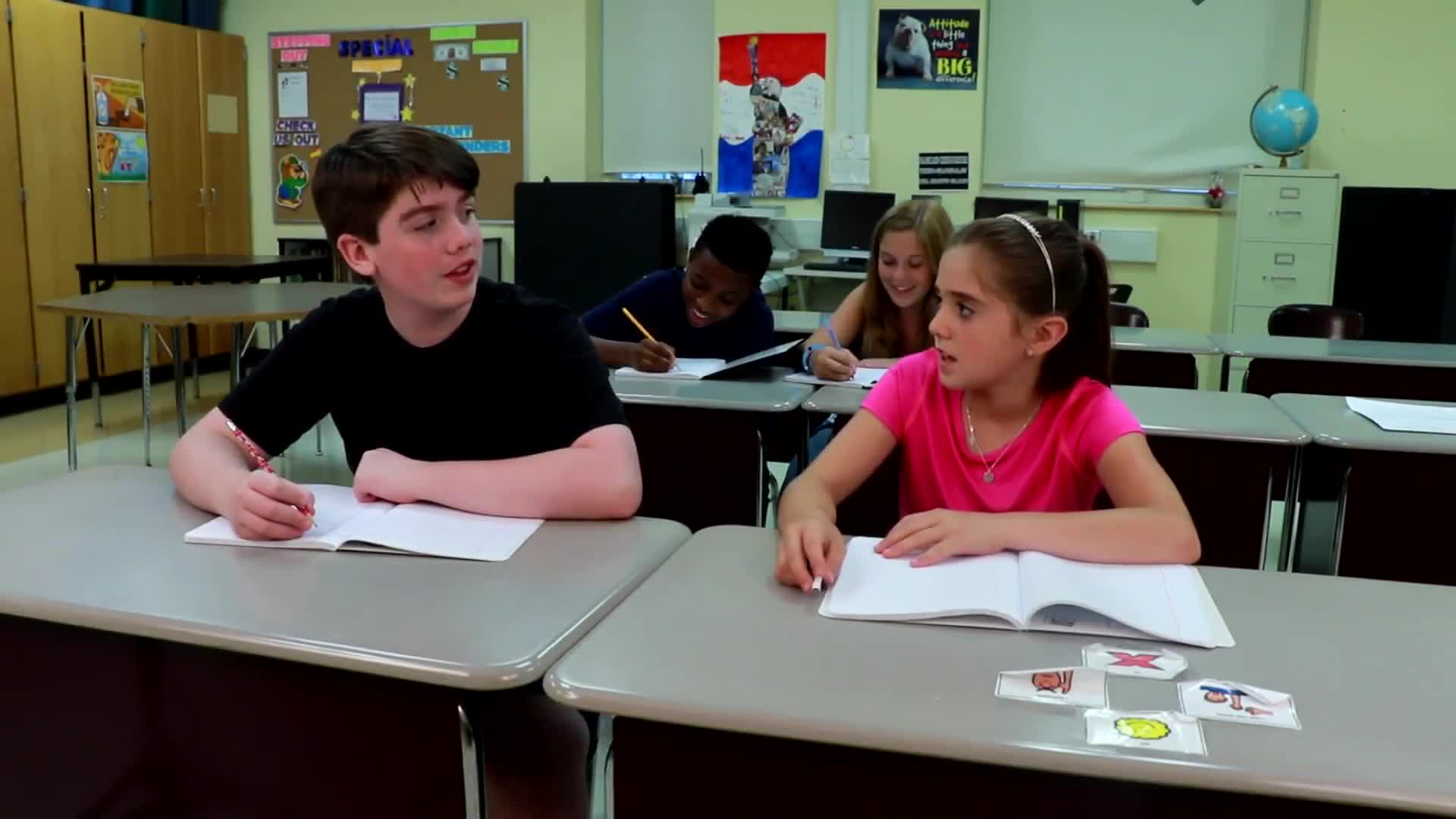
Introduction
For students in special education, working with others can be both challenging and rewarding. Partnering in class promotes collaboration, active listening, and decision-making skills. It also teaches students the importance of considering other people’s feelings and ideas. In this blog post, we will explore a no-prep activity for educators to facilitate partnering in class, discussion questions to stimulate further conversations, and other related skills that can benefit students in special education.
No-Prep Activity: The Two-Minute Brainstorm
This activity requires no preparation or materials from the educator and can be easily incorporated into any lesson. The goal of the Two-Minute Brainstorm is to encourage students to share their thoughts and ideas with their partners in a short, focused timeframe.
- Pair students up and give them a topic or problem related to the day’s lesson.
- Ask the partners to discuss their ideas and thoughts on the topic for two minutes.
- Encourage the students to listen actively to their partner and build on each other’s ideas.
- After two minutes, ask the pairs to share their thoughts and insights with the class.
This activity promotes active listening, collaboration, and respect for other people’s opinions, fostering social-emotional learning in the classroom.
Discussion Questions
Use these questions to stimulate further discussions about partnering in class and social-emotional learning:
- How did it feel to work with a partner during the Two-Minute Brainstorm activity? What were some challenges and benefits?
- Why is it important to listen to our partners and consider their feelings when collaborating in class?
- Can you think of a time when you had to make a decision with a partner or group? How did you come to a consensus?
- How can working with a partner help us develop empathy and understanding for others?
- What strategies can we use to improve our collaboration and communication skills when working with partners in class?
Related Skills
Working with a partner in class can help students develop a range of social-emotional learning skills, including:
- Active listening: Paying attention to and understanding what others are saying, and responding thoughtfully.
- Collaboration: Working effectively with others to achieve a common goal.
- Empathy: Understanding and sharing the feelings of others.
- Conflict resolution: Addressing disagreements and finding mutually acceptable solutions.
- Flexibility: Adapting to new situations and being open to changing plans when necessary.
Next Steps
Encouraging students to work with partners in class can have a significant impact on their social-emotional learning and overall well-being. To support your students’ growth in these essential life skills, sign up for free sample materials from Everyday Speech, including resources for partnering in class and other valuable social-emotional learning activities.





